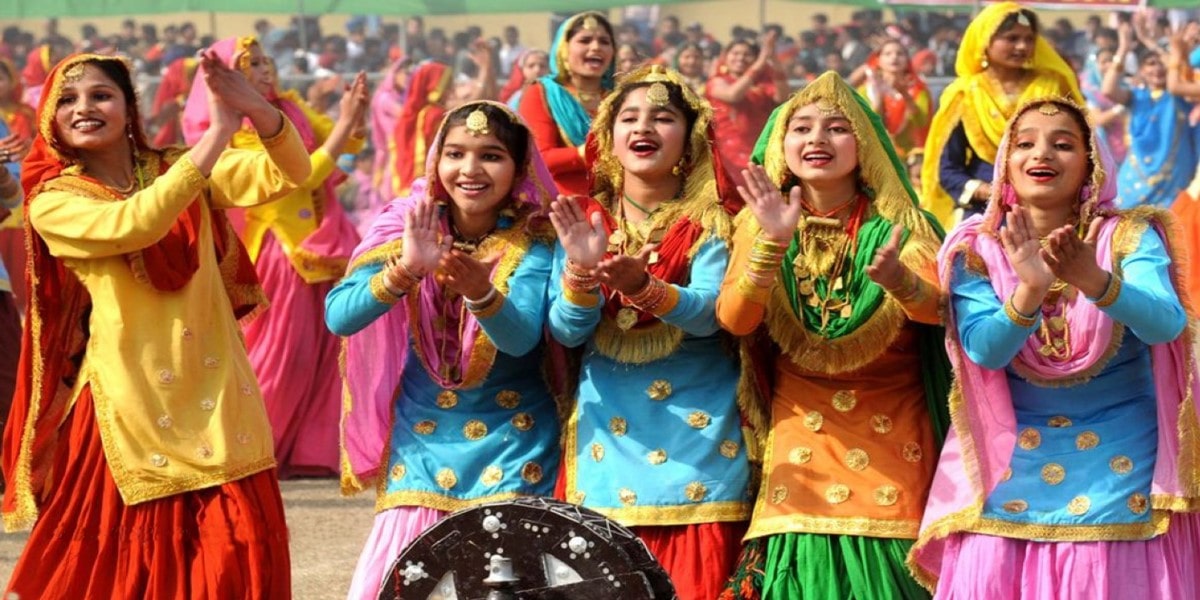Giddha
Doodlebrary
- Giddha is a traditional folk dance that originates from the Punjab region of South Asia, which is divided between India and Pakistan.
- It is primarily a female dance form and is closely related to Bhangra, another popular folk dance from the same region.
- Giddha is typically performed at festive occasions, such as weddings, harvest festivals (like Vaisakhi), and other cultural celebrations.
- The dance involves a group of women who form a circle or semi-circle and dance to the beat of traditional Punjabi music.
- Key features of Giddha include:
- Traditional Attire: Performers wear vibrant and colorful traditional Punjabi dresses, which often include a long flowing skirt (lehenga), a matching blouse (choli), and a headscarf (dupatta).
- Rhythmic Clapping: The dancers clap their hands rhythmically as they move, creating a lively and energetic atmosphere.
- Vocal Singing: Giddha often incorporates singing and reciting of traditional Punjabi folk songs (bolis) that are humorous, witty, or narrate stories. These songs are usually related to themes like love, daily life, or social issues.
- Gestures and Expressions: Dancers use hand gestures, facial expressions, and body movements to convey the meaning of the songs and to engage with the audience.
- Formation: The dance typically starts with a simple circular formation, but it can become more intricate as the performance progresses. Dancers may break into smaller groups or pairs for certain segments of the dance.
- Giddha is not just a dance but also a means of expression and social interaction for Punjabi women.
- It celebrates the rich cultural heritage of the Punjab region and is an important part of its traditions.
